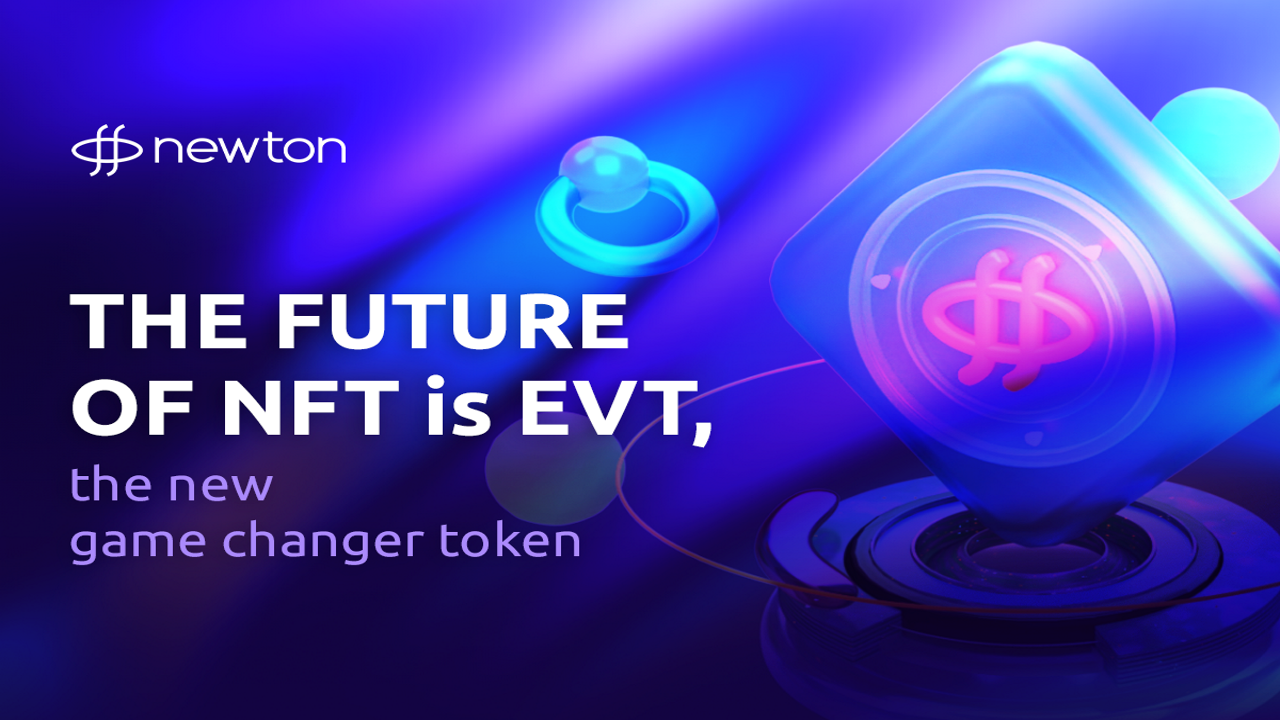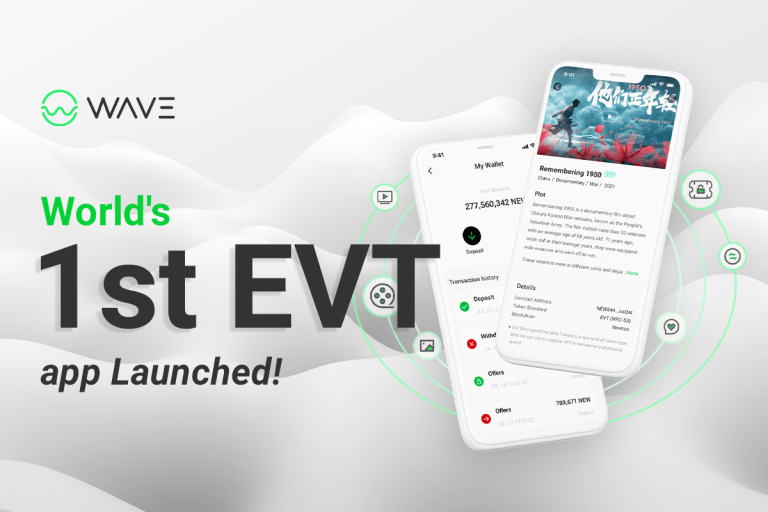
Press Release
PRESS RELEASE. EVT (Encrypted Varable Token), which is an enhanced version of NFT, will replace NFT in the near future for creatives. This is possible, but how do you make it work? This is how these tokens’ backbone technology works.
What is NFT, exactly? (Non-Fungible Token)
Non-fungible tokens can be used to secure financial assets. They are digital data that is stored on a blockchain. An NFT’s ownership is stored in the blockchain. The owner can transfer the NFTs and they may be traded or sold.
An NFT (not a file) is a table that has a record and code. This allows you to update the record. What’s inside the NFT is metadata, which could be an artwork, mp3, mp4, or a digital file. NFT is often argued to fundamentally alter the artist landscape and art trading. However, it’s a false notion. Many artists who rush to NFT creation believe that they can sell their work for residual royalties. Due to limitations within the code, it is false.
Art trade was long accepted by creatives and artists because they had no other options. Because curators provided both the clients and the space that artists needed to sell their artwork, artists often had to rely on curators. Many times, curators take over 60-70%. This leaves artists with little money for their lifestyles and to continue making work.
NFTs have the potential to alter all that. That is the biggest myth. Unfortunately, it doesn’t and here’s why:
OpenSea users Bob purchase a NFT from an artist who creates a painting using the NFT. According to the smart contract, 30% is paid to the artist. If Bob purchases it, he will receive $300. However, if Bob becomes curator or resells the NFT, he will not get $300.
He hoped the NFT would one day trade for thousands to millions of dollars. The platform OpenSea does not facilitate this resale royalty. This means that only 3rd party centralized marketplaces have the ability to facilitate this residual royalty.
Technically, it’s too complicated to execute code that would allow resale royalties continuously. NFT is instead implemented using a smart contract that has static properties. Consider this, if Bob bought the NFT artwork and kept it in a Metamask wallet but then decides to transfer it to one of the other digital wallets, will the wallet then still give the artist another 30%, which presents Bob at a loss because hadn’t sold it to any other person, and this is the current limitation of the NFT. It simply states that Bob is the sole owner of this digital item, and that’s that.
Artists could be paid a continuous royalty every time NFT is sold or traded. This would truly innovate.
Continuing with the example, let’s say a year down the line, the artist became huge in the art world, and suddenly everyone wants the NFT Bob has, and someone offers $1,000,000 to purchase it. Bob would gladly sell his painting. The artist would then receive an additional 30% from the $1,000,000 NFT. If this were made possible, it would truly revolutionize the creator’s world, and there would never be a need to deal with an arthouse or curator again. In this case, the artist’s royalty demand structure would change; maybe it would even be where the artist gets 70% for their creations while the dealers get a 30% commission every time it’s sold.
Is it possible? It could theoretically work using the EVT structure (encrypted variable token). Smart contracts can use encrypted variables with EVTs. EVT data may be classified invariable or variable parts. Variable data can have multiple dimensions, and be programmed with space, time, or multi-functions.
EVTs, on the other hand, are dynamic. NFTs have a static nature. Certain metadata elements can be modified with EVTs. EVT functions solve the residual royalty issue for creators. EVTs enable creators to keep a certain percentage of their royalties, as long as they continue trading the metadata/content. NFTs weren’t designed this way because of security issues surrounding the coded language.
Solidity is Ethereum’s new language for writing NFTs. It allows you to write them in dynamic languages. Newton BlockchainRust-based tweaked code. Encrypted metadata in the Solidity programming language can indicate hidden malware or poorly-written code that could cause damage to your device if it is not contained within the sandbox. With Rust-based programming, encryption code is possible with better security. Creators can enjoy residual royalties and digital asset changes, as well as true privacy while viewing content.
EVTs can make a big difference in your lifeThis will allow ownership to be protected and flexible. Wave, a DApp which connects to the Newton Blockchain and allows dynamic ticketing of viewable media is currently proving its worth. An example is that one could buy EVTs of secret movie content to create X numbers of tickets to sell to other people. With EVT encryption functionalities, only those with the proper key can see what’s inside, in a safe manner, unlike the NFT, in which the metadata content is publicly viewable.
Get more details at http://www.amazon.com/
Wave app| Wave App

This is a press statement. Before taking action regarding the company, its affiliates or related services, readers should conduct their own research. Bitcoin.com cannot be held responsible for any loss or damage caused, directly or indirectly by, the use or reliance of any content, goods and services mentioned in the press releases.
Image creditShutterstock. Pixabay. Wiki Commons